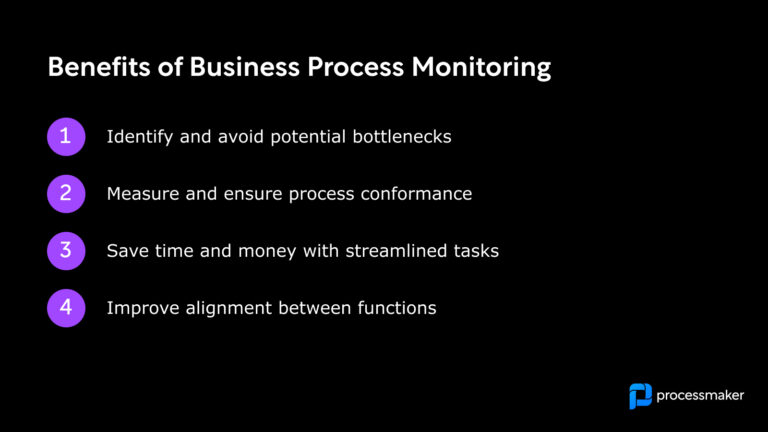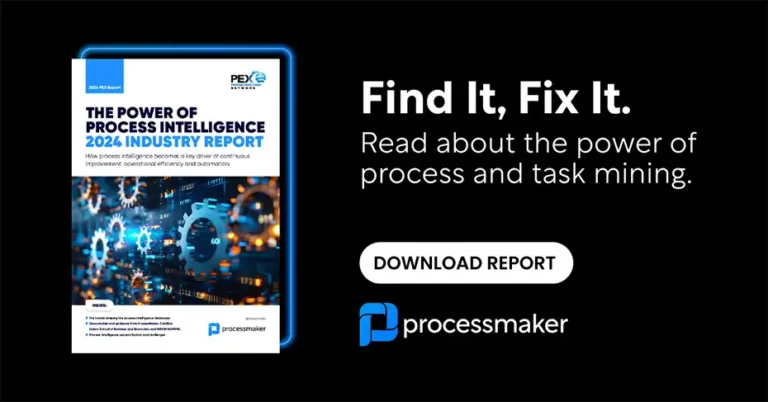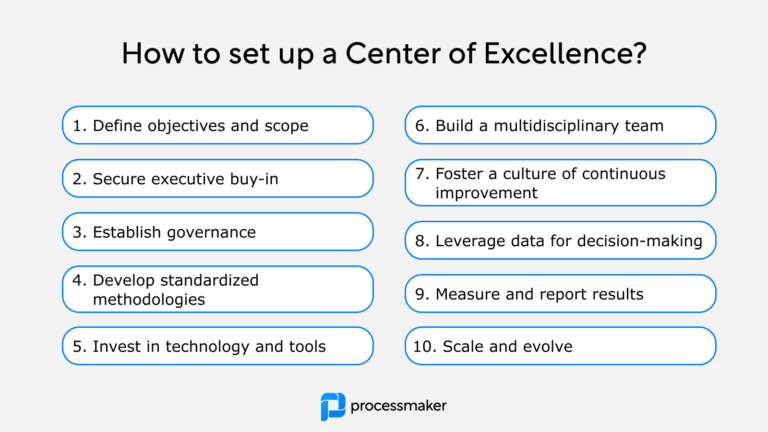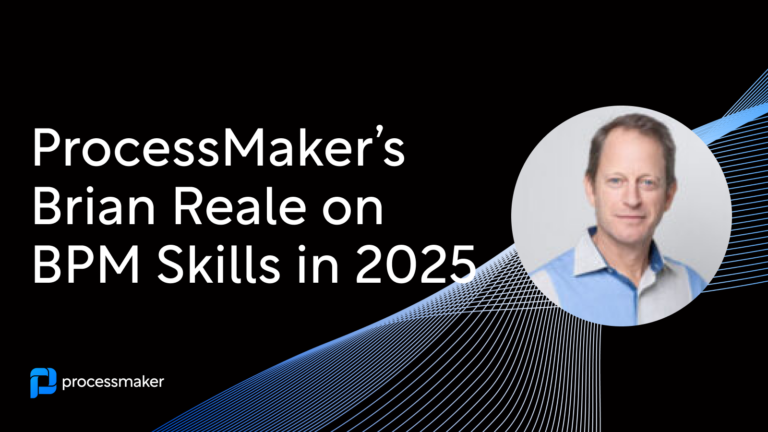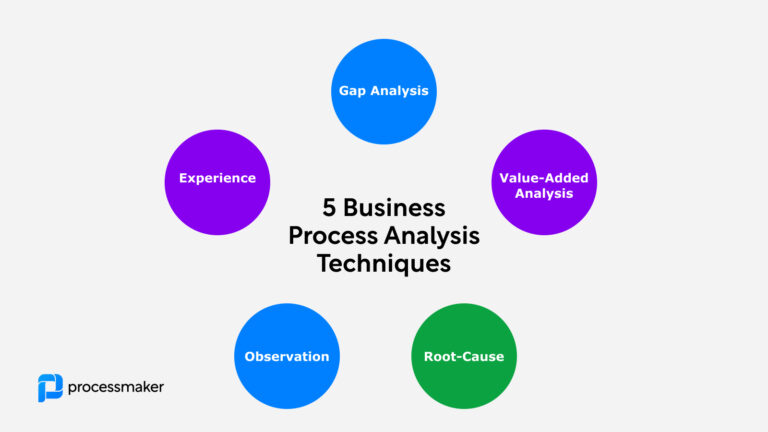Process monitoring is an important step in process analysis because it helps businesses keep track of performance and continuous improvement. It aids in process optimization by identifying areas for improvement and ensuring that tasks, processes, and workflows are aligned with overall business operations and goals. Process monitoring can also help businesses identify risks and compliance issues.
What exactly is business process monitoring?
Business process monitoring is the proactive review and analysis of the performance of processes to identify potential bottlenecks, check conformance, and find improvement opportunities. Performance metrics are used in business process monitoring to measure and analyze the effectiveness of processes. Effective business process execution is crucial for organizations to achieve their goals, and continuous monitoring helps identify inefficiencies, address potential issues, and ensure alignment with organizational goals. Diligent monitoring helps you see if everything is going according to plan, identify errors, and optimize processes along the way.
The benefits of business process monitoring
- Identify and avoid potential bottlenecks
Even the most well-planned processes will likely present a few bottlenecks in the real world. Although a few bumps in the road can be managed, numerous sticking points and unanticipated issues can be damaging. Additionally, effective program scheduling management tasks are crucial in ensuring a smooth and reliable flow of core business processes. Monitoring helps in maintaining process efficiency by identifying and addressing bottlenecks.
- Measure and ensure process conformance
You may have a perfectly designed process plan, but occasionally things take an unexpected turn. Active process monitoring, including tracking key performance indicators (KPIs), ensures process compliance and conformance by pinpointing potential areas where you’re deviating away from the happy path, measuring process performance, and identifying areas for improvement.
- Save time and money with streamlined tasks
After spending some time monitoring your processes, you might spot some tasks that could be slightly revised to save time and resources. Some tasks might require fewer people to conduct, and some could even be completely automated. Process monitoring aids in effective resource allocation by identifying tasks that can be automated or require fewer resources.
- Improve alignment between functions
Processes are often shared between different teams and organizations. Business process monitoring facilitates cross-functional collaboration by providing insights into shared processes. Effective monitoring helps different stakeholders to keep track of performance, enabling collaborative business process improvement. Even the most well-planned and implemented new business processes can be ineffective and even damaging without careful monitoring. Business process monitoring is much like going to the doctor for a check-up. You might be fit and healthy overall, but the doctor might find your blood pressure is slightly high. In response, the doctor prescribes medication to combat the issue before it negatively impacts your health. So don’t forget about your new processes once they’ve been implemented. Leaving a few small issues going untreated here and there adds up to many huge problems down the line, some of which have negative long-term consequences.
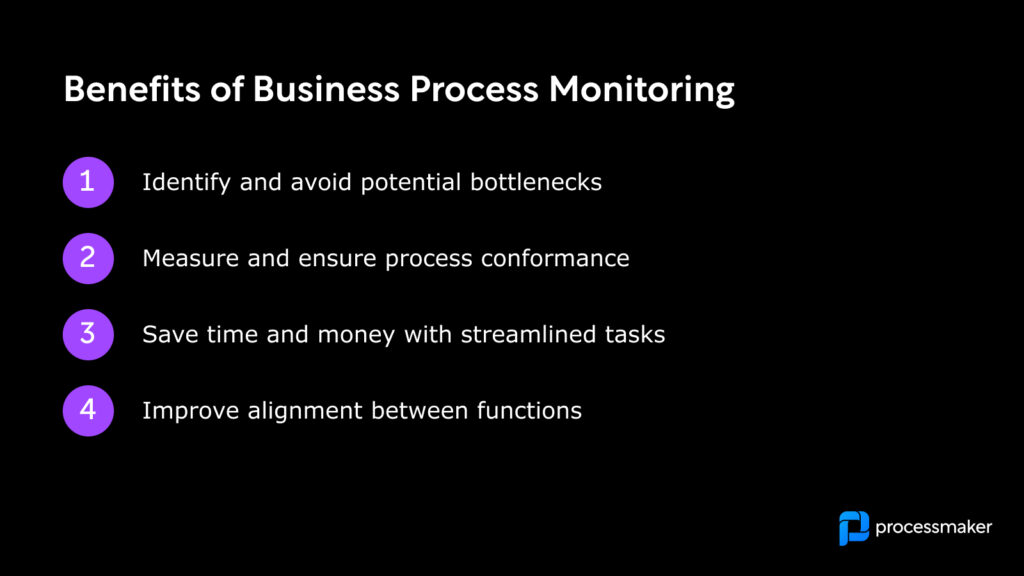
Components of Business Process Monitoring
To effectively monitor business processes, organizations rely on various components and techniques. Let’s explore the key components of business process monitoring:
1. Data Collection and Aggregation
Data is at the core of business process monitoring. Organizations collect and aggregate relevant data from various sources, such as transactional systems, IoT devices, and customer interactions. This data provides valuable insights into process performance and helps identify areas for improvement. Effective data collection and aggregation enhance data-driven decision-making in business process monitoring. Technical business process monitoring is crucial for analyzing the performance of specific systems, software, or equipment, ensuring a healthy return on investment and optimal operational efficiency.
2. Real-Time Monitoring
Real-time process monitoring allows organizations to constantly track business process activities and performance, enabling immediate issue detection and resolution. By utilizing advanced technologies and analytics, businesses can monitor process metrics, detect anomalies, and take immediate actions to mitigate risks or resolve issues. Additionally, predictive analytics can be used in real-time monitoring to anticipate and mitigate potential issues before they occur.
3. Process Visualization and Analysis
Process visualization tools provide visual representations of workflows, allowing stakeholders to understand the flow, dependencies, and bottlenecks within a process. These tools enable organizations to analyze and optimize processes based on data-driven insights. Process mining, task mining, and process intelligence are all examples of effective process visualization technologies. Additionally, business process monitoring software plays a crucial role in providing insights and early detection of issues, integrating seamlessly within the business process management lifecycle. Based on insights gained from process visualization tools, workflow automation can be implemented to further streamline and optimize processes.
4. Alerting and Notification Mechanisms
Alerting and notification mechanisms, including real-time alerts, ensure that stakeholders are promptly informed of critical events or deviations from expected business process behavior. Alerts can be configured to notify relevant individuals or teams when predefined thresholds or conditions are met, enabling quick response and resolution.
Challenges of business process monitoring
Implementing business process monitoring can pose certain challenges. Here are some common challenges organizations may encounter:
- Limited Data Quality and Availability. Inadequate or poor-quality data can hinder the effectiveness of monitoring efforts. Inaccurate or incomplete data may lead to incorrect insights and unreliable performance metrics. Effective data integration can help overcome the challenge of limited data quality and availability by consolidating data from various sources and ensuring its accuracy.
- Resistance to Change. Employees and stakeholders may resist adopting new monitoring processes and technologies. Overcoming resistance to change requires effective communication, training, and emphasizing the benefits of monitoring for individuals and the organization as a whole.
- Complexity and Scalability. Organizations with complex business processes or multiple systems may face challenges in designing monitoring frameworks that capture all relevant data and provide meaningful insights. Scalability becomes crucial when expanding monitoring efforts across different departments or business units.
- Ensuring Continuous Improvement. Monitoring should not be limited to identifying issues but also encompass driving continuous improvement. Sustaining a culture of improvement and effectively implementing changes based on monitoring insights can be a challenge.
By addressing these challenges with appropriate strategies and best practices, organizations can overcome hurdles and leverage business process monitoring to its full potential.
Tips for successful business process monitoring
Set a clear end goal
Before you monitor your business processes, make sure you’re clear on what you want to achieve. Perhaps you run an online store and want to avoid running out of a certain product during a busy season. A vague goal, such as supporting distribution teams during busy periods, is not clear enough. Setting precise goals such as automating the order process of the iPhone 15 during the Christmas shopping period keeps the process running smoothly. Implementing process optimization strategies can help in setting and achieving these clear end goals.
Compare processes with KPIs
Setting KPIs (key performance indicators) helps you understand what goals are being reached and spot any problems in your process. KPIs set in place during the implementation phase can be used by employees to devise personal objectives. Setting both long and short-term KPIs helps employees track progress, gain insights, and make improvements. Remember, It’s important to use quantitative and qualitative KPIs to gain balanced insights. Benchmarking can be used to compare KPIs and identify areas for improvement.
Get the best from your business process monitoring tools
A good process monitoring software will help you uncover hidden opportunities and prevent bottlenecks by analyzing your business processes and maintaining business operations. All business process monitoring tools are effective because they notice things humans generally don’t think about. However, ProcessMaker’s Process Intelligence platform is the only hybrid technology that sees both the manual and system-related work involved in providing a service. Picture a typical airport during an unpredictable event like a labor shortage. Due to the lack of staff, the lines at the airport become longer, many people miss their flights, and take-off time is delayed. All these bottlenecks add up to bad customer relations or even a full-blown PR crisis. But, by understanding the manual work required to deal with new tickets during peak and unpredicted events, the airport can put a system in place. Process monitoring shows the accumulation of additional work during these events, so you’ll be on top of the situation and can react immediately and according to plan. Process automation can be achieved through the effective use of business process monitoring tools.
Implement continuous improvement methodologies and mindset
Once your process monitoring system is in place, it’s not just a ‘set it and forget it’ scenario. Implement continuous process improvement methodologies, such as the Plan-Do-Check-Act (PDCA) cycle, to regularly review and refine your process monitoring practices. This iterative approach ensures that the monitoring process remains relevant, agile, and aligned with evolving business goals. Furthermore, fostering a culture of open feedback allows team members to provide insights on potential enhancements, ensuring that the business process monitoring system is robust and effective in driving operational excellence.
How does the Process Intelligence platform help in process monitoring?
Process Intelligence technology can support you along your process monitoring journey by automating the monitoring process. Instead of spending hours on manual methods that involve countless workshops and interviews and are prone to human bias, you can now trust the process to automated software that can do it for you.
The Bottom Line
Effectively monitoring your processes requires an excellent monitoring tool and diligent observation, planning, and reporting from process actors. By identifying and fixing potential bottlenecks and understanding the manual work related to providing a service, you’ll ensure your processes run smoothly. What’s more, you’ll uncover hidden opportunities along the way.
FAQs:
How does business process monitoring differ from business process management?
Business process monitoring focuses on real-time tracking and analysis of process performance, while business process management involves designing, modeling, and optimizing processes to improve efficiency and effectiveness. Monitoring is a component of the broader management process.
What are some common KPIs used in business process monitoring?
Common KPIs include cycle time, error rates, throughput time, customer satisfaction scores, on-time delivery, process costs, and resource utilization.
Can business process monitoring help in detecting fraud?
Yes, business process monitoring can help detect unusual patterns or deviations from expected behavior, which can be indicative of potential fraudulent activities. By monitoring key process metrics and analyzing data, organizations can identify suspicious transactions, anomalies, or unauthorized activities that may require further investigation to mitigate fraud risks. Business process monitoring provides an additional layer of security and helps organizations maintain integrity in their operations.
